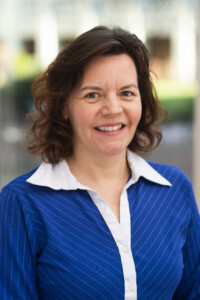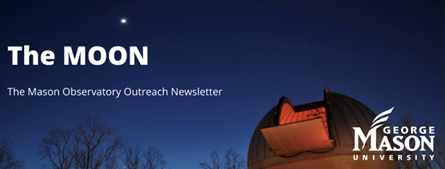Dr. Lori Feaga from the University of Maryland Department of Astronomy will join us in person to discuss her research exploring the activity of comets, centaurs and asteroids during their orbits.

Dr Lori Feaga
Comets, centaurs, and asteroids are known to exhibit activity during their orbits. The activity is typically driven by volatile release induced by solar insolation. With results from previous spacecraft missions complemented by recent observations from large surveys and more sensitive telescopes like JWST, we can compare the volatile composition of various small bodies and contemplate the drivers of their activity.
In Person Option:
Meet at George Mason University, Exploratory Hall, Room 3301. Check GMU web site for nearby parking options. Some lots or garages do charge for parking. Room will be open as early as 6:45pm.
https://info.gmu.edu/campus-maps-and-directions/
Join virtually using Google Meet:
Video call link: https://meet.google.com/cbf-jusw-dsm
Or dial: (US) +1 252-344-1407 PIN: 937 923 741#
The online meeting will be available at 7:00 pm for participant open discussion.
Presentation Details:
Talk Title: Exploring Activity in Volatile-Rich Small Bodies
Biography:
Dr. Lori Feaga is a Research Professor at the University of Maryland, College Park, is Chair of NASA’s Small Bodies Assessment Group, is on the Editorial Board for the professional planetary journal Icarus, and is a NASA Solar System Ambassador. She is a cometary scientist and spectroscopist. Her research focuses on the molecular composition of and distribution of gases surrounding small bodies in the Solar System and how they relate to the protoplanetary disk and evolutionary processes from which we formed. She has mission experience on Deep Impact, EPOXI, and Rosetta and numerous mission proposals. Recently, she has expanded her observing methods to include time domain astronomy with a long-term survey of many small body targets, lunar hydration and detection with small portable detectors, and high resolution spectroscopy of more distant small bodies with JWST.



